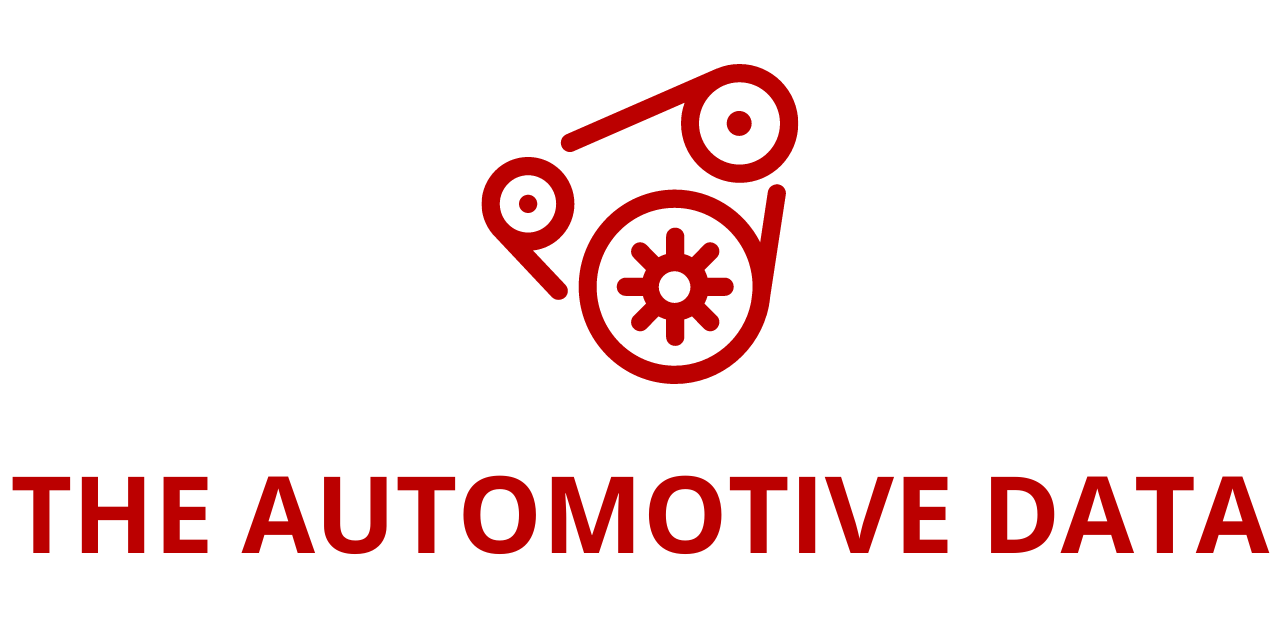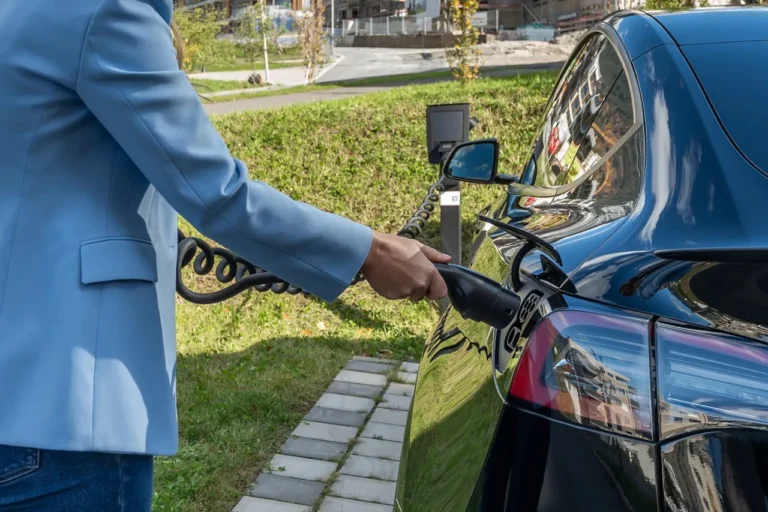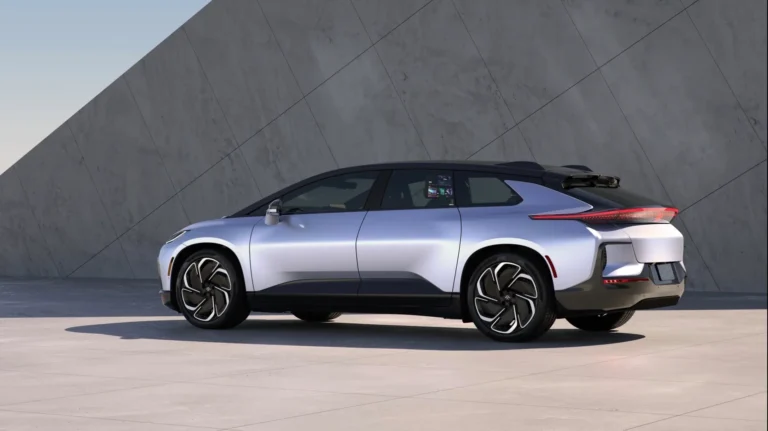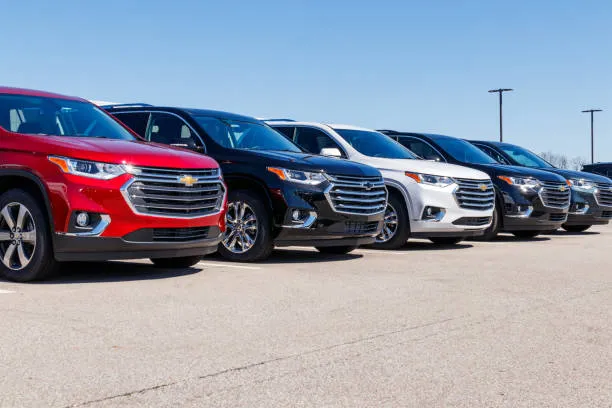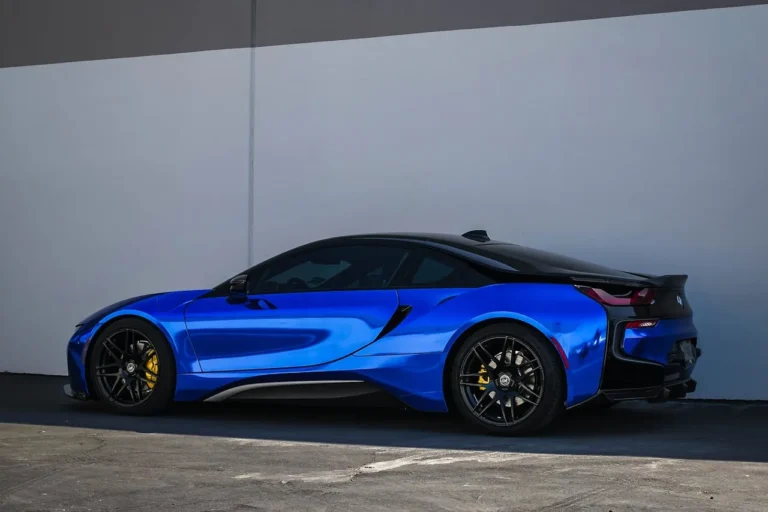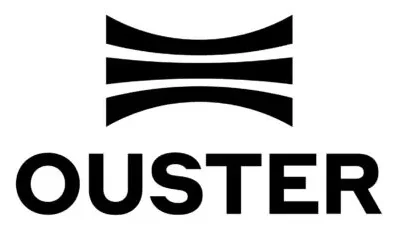
Ouster BlueCity and NVIDIA Bring Physical AI to Smart Cities to Alleviate Congestion and Enhance Road Safety
Ouster, a leading global provider of high-performance lidar sensors and intelligent software solutions, has announced a significant software development milestone for its smart traffic management platform, Ouster BlueCity. The milestone, achieved in collaboration with NVIDIA, highlights the continued advancement of physical AI in smart city infrastructure—applying real-time 3D perception technology to make urban mobility safer and more efficient.
As part of the NVIDIA Metropolis ecosystem, Ouster BlueCity leverages the power of NVIDIA’s edge AI platforms to transform raw lidar data into actionable intelligence for traffic optimization. At the heart of this system is a proprietary deep learning perception model trained on an extensive dataset of more than 4 million labeled objects. These data points were collected from 800 distinct deployment sites, reflecting a diverse range of traffic patterns, intersection geometries, and environmental conditions. This rich dataset enables BlueCity to deliver highly accurate, real-time object detection and trajectory analysis for all road users, including vehicles, bicycles, and pedestrians.
The perception capabilities of Ouster BlueCity are powered by advanced deep neural networks (DNNs) developed in-house by Ouster. These models have been trained and optimized using NVIDIA TensorRT, a high-performance deep learning inference SDK, and are deployed on the NVIDIA Jetson edge AI platform, specifically the Jetson AGX Orin and Orin NX system-on-modules. This setup enables BlueCity to run AI-powered perception directly on the edge, without relying on cloud infrastructure, thus minimizing latency and maximizing responsiveness.
The real-time nature of BlueCity’s AI processing allows for continuous and accurate classification, tracking, and trajectory prediction of multimodal road users. These insights are critical for enhancing intelligent transportation systems (ITS), supporting applications such as adaptive traffic signal control, dynamic congestion management, and collision avoidance. With its ability to analyze vast amounts of 3D lidar data on the fly, Ouster BlueCity marks a leap forward in applying physical AI to complex urban environments.
Ouster’s CEO, Angus Pacala, emphasized the significance of the partnership and the technology’s impact. “Ouster BlueCity is a prime example of how we are working to solve important real-world problems with physical AI,” Pacala stated. “Powered by the NVIDIA Jetson Platform, Ouster BlueCity combines digital lidar with real-time perception to improve traffic management and road safety for all road users.”
Unlike conventional traffic monitoring systems that rely on cameras or inductive loop sensors, lidar offers a much more precise, weather-resilient, and privacy-conscious alternative. Lidar-based systems can function effectively in low light or inclement weather, and they avoid the privacy concerns associated with video-based monitoring. BlueCity takes advantage of these strengths, providing a high-resolution, 360-degree view of intersections and roadways without capturing personally identifiable information.
The core advantage of integrating NVIDIA’s accelerated computing hardware lies in the system’s ability to process lidar data in real time. With the computational power of Jetson modules, BlueCity’s edge devices are capable of delivering millisecond-latency object detection and tracking. This responsiveness enables timely decision-making for traffic management systems, helping municipalities adjust signal timings, implement dynamic lane assignments, and even alert connected vehicles in Vehicle-to-Everything (V2X) networks to potential hazards or changes in road conditions.
Ouster also highlights the scalability and efficiency of its AI-driven system. By relying on a deep learning approach, BlueCity is more adaptive to different traffic scenarios and less dependent on labor-intensive configuration. This allows for faster deployment and easier expansion across different regions and intersection types. Moreover, the reduced need for manual calibration and the efficient edge-based computing model result in lower operating costs over time.
In 2024, Ouster made considerable strides in scaling up the adoption of its BlueCity platform. The company secured new deals to deploy the technology across more than 400 sites worldwide. Among these deployments is the largest lidar-powered smart traffic network in the United States, located in Chattanooga, Tennessee. This project serves as a prominent case study in how smart infrastructure, powered by lidar and AI, can be used to monitor and optimize traffic flow at scale.
As urban populations continue to grow and traffic volumes increase, city planners and transportation authorities face mounting challenges in managing congestion and improving roadway safety. Traditional traffic control systems often struggle to keep up with the complexity of modern mobility patterns, particularly with the rise of micromobility options and the push toward Vision Zero safety goals. By introducing AI-powered lidar perception into the mix, Ouster BlueCity offers a future-ready solution that is both flexible and highly effective.
The partnership between Ouster and NVIDIA not only enhances the capabilities of smart city traffic systems but also represents a broader trend in the digital transformation of urban infrastructure. NVIDIA Metropolis, the edge AI ecosystem that supports BlueCity, is a platform dedicated to enabling AI-driven solutions for public safety, traffic management, and operational efficiency. Ouster’s integration into this ecosystem demonstrates how lidar technology can play a central role in these next-generation applications.
In addition to traffic management, Ouster’s perception platform supports other critical urban functions, such as pedestrian safety analysis, curbside management, and autonomous vehicle infrastructure. By providing accurate 3D perception of urban environments, the company enables a range of stakeholders—from city officials to researchers and mobility service providers—to gain a deeper understanding of how people and vehicles interact in complex, real-world settings.
Looking ahead, Ouster sees enormous growth potential for BlueCity. With millions of signalized intersections worldwide, the opportunity to improve transportation safety and efficiency through intelligent sensing and AI is immense. The company plans to continue expanding its global footprint, building on its success in North America, Europe, and Asia.
In summary, the latest software development milestone for Ouster BlueCity, achieved in collaboration with NVIDIA, marks a pivotal moment in the evolution of smart traffic systems. By harnessing the power of physical AI—real-world perception delivered through high-performance edge computing and lidar—Ouster is helping to reshape how cities manage traffic, reduce congestion, and protect vulnerable road users. The combination of scalable technology, real-time analytics, and robust infrastructure integration positions Ouster BlueCity as a leading force in the future of intelligent urban mobility.
